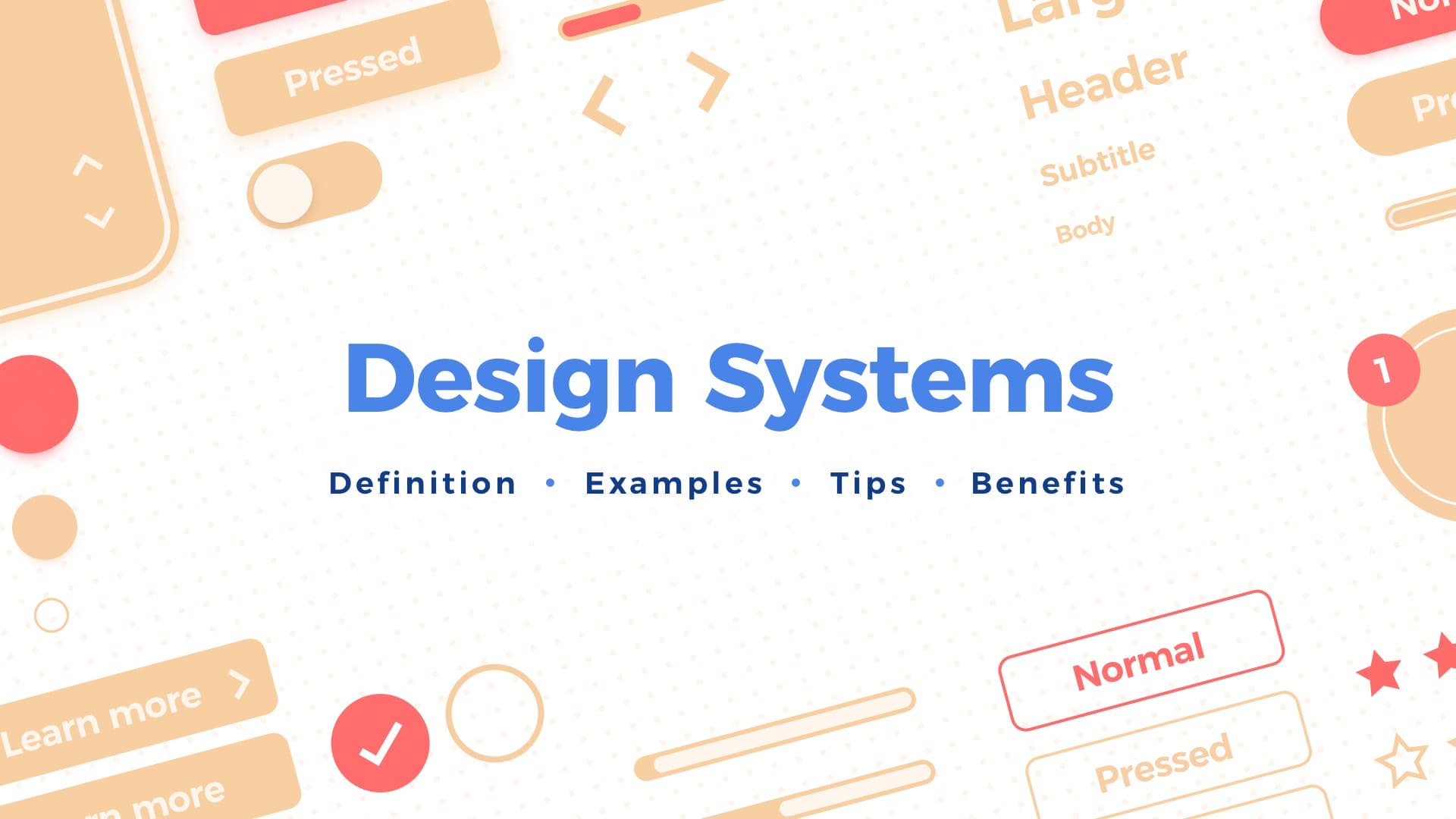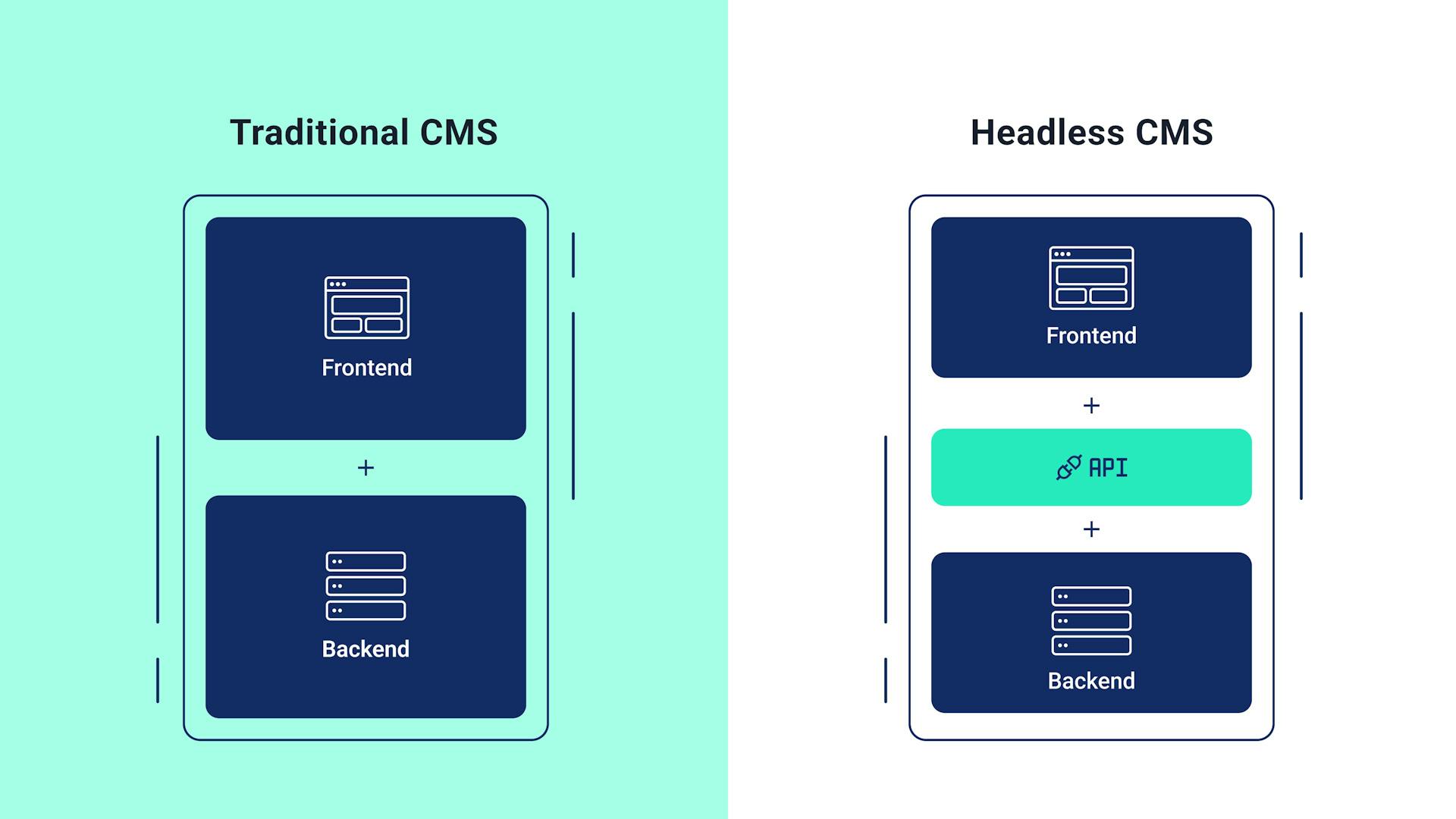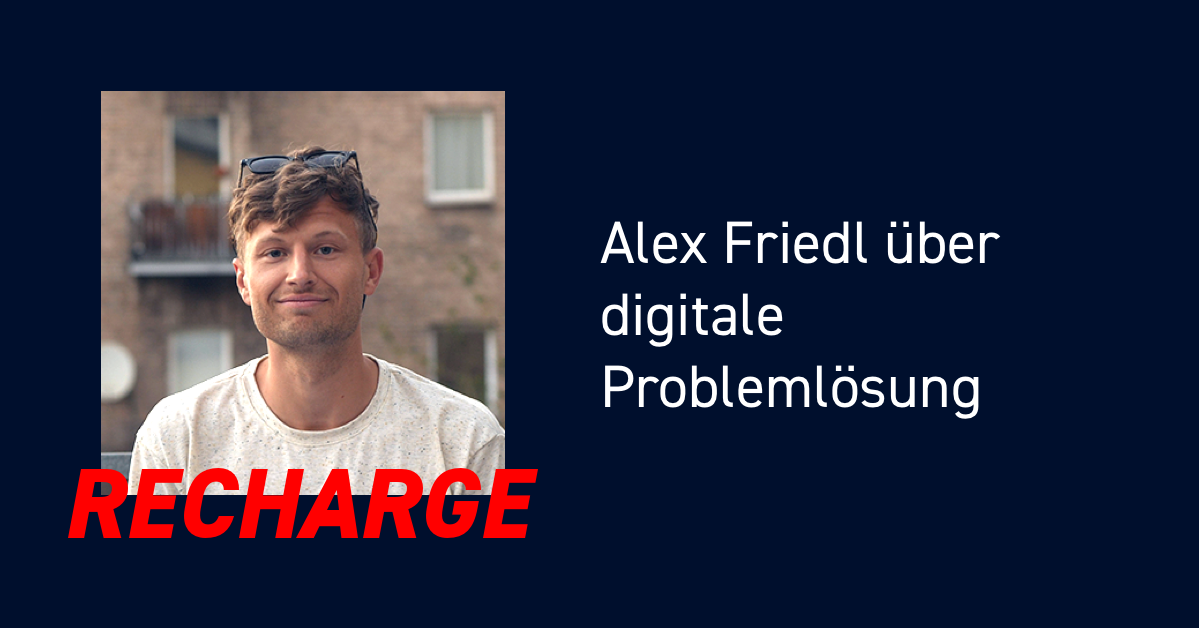Unlocking Potential with a Holistic Design System
Boost brand consistency, accelerate product development, and foster seamless collaboration across teams.

The digital landscape is evolving rapidly, and with this evolution comes a heightened need for design and development harmony.
Central to achieving this synergy is the implementation of a comprehensive design system.
By integrating powerful tools such as Storybook, Figma, TailwindCSS, and Chromatic, a multi-faceted design system can address the distinct needs of designers, developers, product owners, and other vital stakeholders.
1. Meeting the Needs of Stakeholders
Designers: At the heart of any digital product is its design. Integration with Figma ensures that designers have an expansive canvas to craft and iterate. With Figma Design Studio tokens, consistency becomes second nature as designers can define and reuse design variables such as colors, typography, and spacing.
Developers: A design system shouldn't be restrictive but rather empowering. With Storybook, developers can visualize components in isolation, irrespective of the framework being used, be it React, Vue, or Angular. This multi-framework support promotes flexibility. TailwindCSS further enhances customization, allowing developers to adapt and extend components with ease. The "copy-paste" feature bridges the gap between design and code, ensuring that what's visualized is what's developed.
Product Owners: With a coherent design system, product owners can rest assured that the product maintains a consistent user experience. This cohesive approach reduces ambiguity, streamlines decision-making, and ultimately leads to a more refined product.
Other Stakeholders: Whether it's marketing, sales, or customer support, a unified design language simplifies communication and ensures everyone is aligned.
2. Benefits: Beyond the Aesthetics
Consistency: More than just visual uniformity, a design system ensures consistency in user experience, interaction patterns, and even tone of voice.
Efficiency Boost: Redundancy is cut down. Teams can rapidly design, develop, test, and iterate, dramatically shortening product lifecycles.
Clear Communication: With tools like Chromatic, the design review process is revolutionized. Chromatic captures UI changes, making reviews more visual, targeted, and effective. This process reduces misinterpretations and streamlines feedback loops.
3. Building the System: An Investment in Time
The time to forge such an expansive design system varies. Depending on the depth, breadth, and intricacies of the components, it can span several months to more than a year. But once established, the ROI in terms of saved time, reduced friction, and elevated product quality is undeniable.
4. A Blueprint for Best Practices
The design system should not just be a repository of components but a testament to design and development best practices. With clear patterns, guidelines, and documentation, it becomes a beacon for both novice and seasoned team members, ensuring everyone works towards a unified vision.
5. Embracing Device Diversity
In our multi-device world, a design system's responsiveness is non-negotiable. By ensuring compatibility across mobile, tablet, and laptop, the system ensures users enjoy a consistent experience, irrespective of their device of choice.
6. In Conclusion
A holistic design system, equipped with tools like Storybook, Figma, TailwindCSS, and Chromatic, and designed for multi-framework adaptability, is more than just a toolkit—it's a paradigm shift.
It fosters collaboration, innovation, and efficiency, aligning all stakeholders under a unified, clear, and compelling vision. Investing in such a system isn't just about meeting current needs but future-proofing products in an ever-evolving digital realm.

